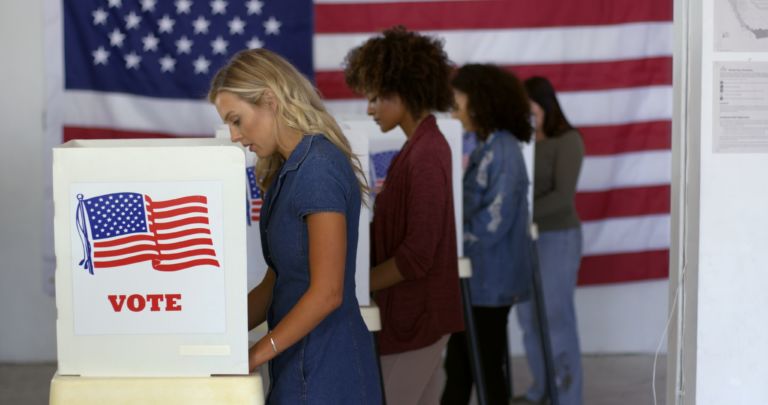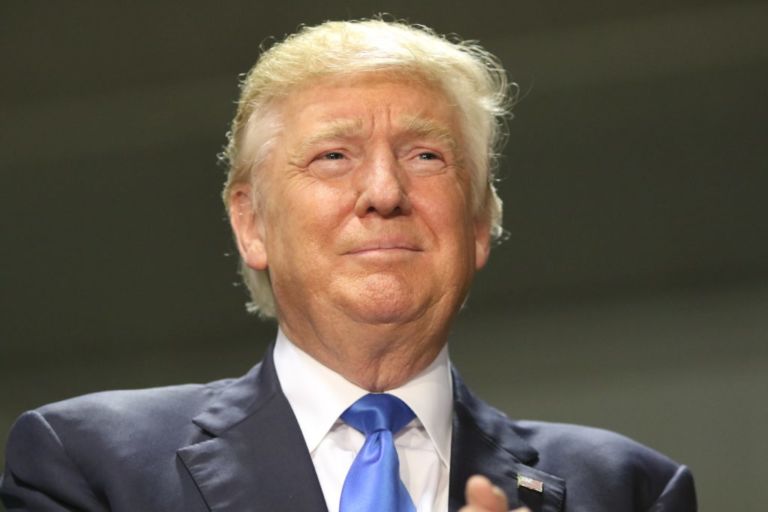Hayden Ludwig writes for the Federalist about the downside of automatic voter registration.
Automatic voter registration (AVR) may sound obscure, but it’s a fast track to permanent Democrat power — so, naturally, activists are working around the clock to pass it in the states and Congress.
Modern elections are usually won by the party that turns out the bigger base. Left-wing strategists believe their victory hinges on astronomically high Democratic turnout. Whether that’s true or not matters less than their perception that it worked to oust President Donald Trump in 2020 and saved the left from catastrophe in the 2022 midterms, even when Republicans won the popular vote nationwide by a bigger percentage margin than Hillary Clinton won in 2016.
That’s what AVR is all about: bloating voter rolls to juice Democrat votes. It works because the left has spent close to a decade-and-a-half and untold billions of dollars building a get-out-the-vote machine that abuses IRS charity laws to win elections.
Under normal rules, eligible Americans must register to vote on their own initiative, usually at their county registrar or online through the state motor vehicle department. It’s a simple, fair thing to ask people to show an interest in voting and then verify their identity before they cast a ballot; that’s how our country has run elections for nearly 250 years.
AVR transforms that opt-in system into an opt-out mess by adding virtually everyone with a heartbeat to state voter rolls, instantly and dramatically expanding the pool of registered voters for the left to cynically tap into. Don’t want to be added to a publicly accessible list? Too bad — it’s on you to take the initiative to unregister, Democrats say.
How many voters are we talking about? 158 million ballots were cast in 2020. Yet Demos, the think tank of the far left and an AVR champion, estimates there are as many as 77 million eligible-but-unregistered individuals nationwide — folks who could lawfully vote but may not until they’re registered to vote in their respective states.


